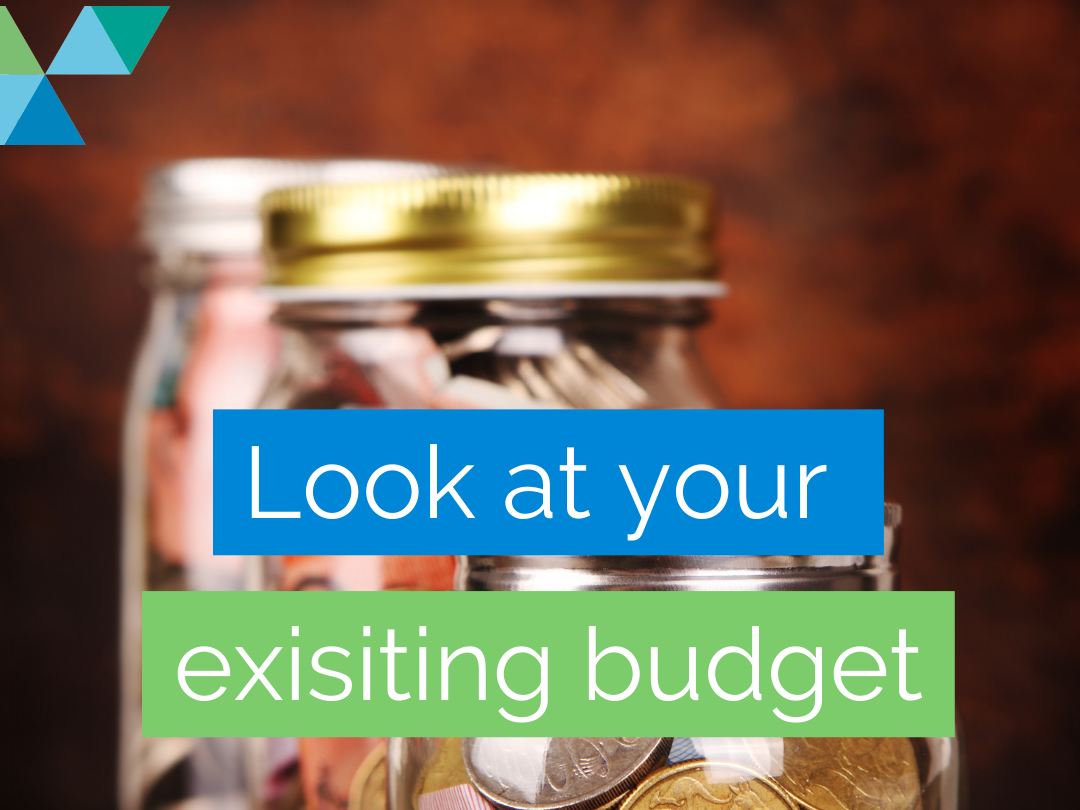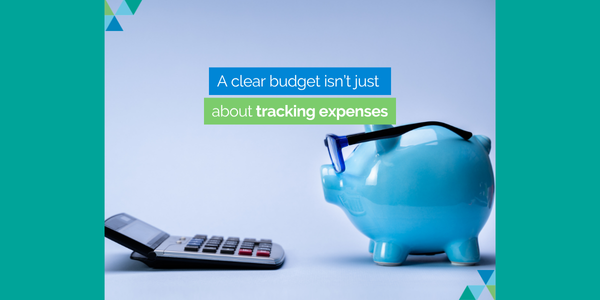Mid-Year Business Check-In: Is Your Budget on Track?
We’re now over halfway through the financial year, making it the perfect time to pause and assess how your business is tracking.

We’re now over halfway through the financial year, making it the perfect time to pause and assess how your business is tracking. The start of the year often comes with big plans, but now is the moment to check whether your budget is still working for you—or if it needs some adjustments to keep your business on course.
Taking stock now can help you stay financially stable, improve cash flow, and ensure you’re set up for success in the next six months. Here’s how to review your progress and make smart adjustments moving forward.
1. Review Your Budget vs. Reality
Start by comparing your budgeted figures with your actual income and expenses. Ask yourself:
- Have revenues met expectations, or have they fallen short?
- Are expenses in line with projections, or have they crept up unexpectedly?
- Is cash flow stable, or are you experiencing shortfalls?
Looking at these numbers can help you identify any gaps between what you planned and what’s actually happening.
2. Assess Your Cash Flow
Cash flow is one of the biggest indicators of financial health. Even if profits look good on paper, cash flow issues can create major headaches. Consider:
- Are there months when cash flow is tight?
- Have late payments from customers caused disruptions?
- Do you have enough buffer for upcoming expenses, such as tax payments or seasonal fluctuations?
If cash flow is becoming a concern, now is the time to refine your invoicing processes, set up payment reminders, or adjust spending to improve stability.
3. Identify Where Adjustments Are Needed
If your budget isn’t on track, that doesn’t mean you’ve failed—it just means it’s time to adapt. Here are some key areas to review:
Revenue Growth: If sales aren’t where you expected, consider revisiting your pricing, marketing efforts, or product/service offerings.
Expense Control: Have costs increased beyond your budget? Look at where you can trim expenses, negotiate better deals, or find efficiencies.
Profit Margins: Are you charging enough to cover costs and maintain a healthy margin? If not, it may be time to adjust pricing or cut non-essential spending.
4. Plan for the Next 6 Months
Once you’ve identified areas for improvement, set a clear plan for the rest of the financial year. Adjust your budget where needed and set realistic goals based on what you’ve learned. Consider:
- Do you need to increase savings to prepare for tax obligations?
- Should you adjust spending in response to slower revenue months?
- Are there opportunities for growth that require financial investment?
By making these tweaks now, you can finish the financial year in a stronger position.
5. Seek Professional Advice
If you’re unsure where to start or need a second opinion, talking to your accountant can help. A fresh perspective on your numbers can uncover opportunities to improve profitability, manage tax obligations, and refine your financial strategy.
A mid-year budget check-in is a smart way to ensure your business stays on track. By reviewing your financial position now, making adjustments where needed, and planning for the months ahead, you can reduce stress and set yourself up for a successful second half of the financial year.
To find out more about how we can help you manage your business growth, please contact one of our team at admin@wrightsca.com.au.
**Important notice:** This article provides information rather than financial advice. The content of this article, including any information contained in it, has been prepared without taking into account your objectives, financial situation, or needs. You should consider the appropriateness of the information, taking these matters into account, before you act on any information.










